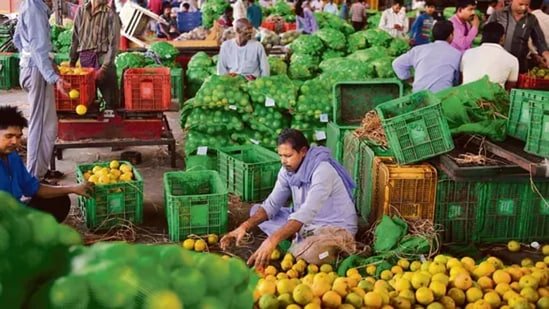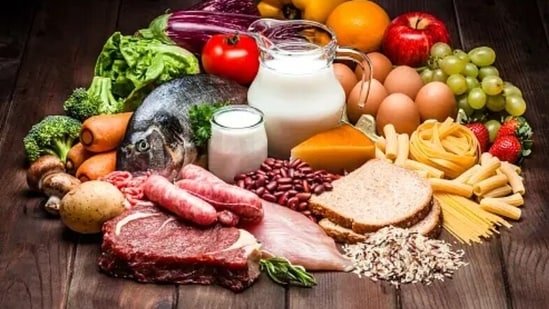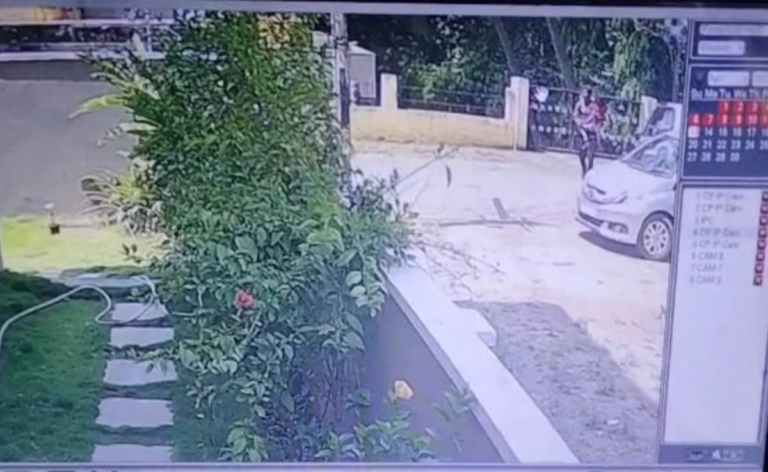
At 4.9% in March compared to 5.1% in February, the retail inflation elephant, to use RBI Governor Shaktikanta Das’s analogy, continues to walk towards the forest. The core inflation print—the non-food non-fuel part of the Consumer Price Index (CPI) basket—is among the lowest it has ever been. That these numbers are accompanied by a strong growth momentum suggests that overheating is the least of the Indian economy’s concerns, and there could very well be a situation where an upward revision of the potential growth rate is merited.

This is as good as it gets for an economy. And yet, there are reasons for concern. Food inflation, as this newspaper argued improvising on Das’s analogy, is the rogue elephant in the herd of (inflation) elephants. Prices of cereals, pulses and vegetables continue to rise at worrying rates. Making matters worse, monetary policy doesn’t even have a weapon in its arsenal to bring down food prices. It is this asymmetry between policy objectives and instruments that has forced RBI to retain its hawkish tone and delay interest rate cuts.
The situation might get worse from here. The escalation in conflict between Iran and Israel could seriously disrupt commodity markets, especially for crude oil. Brent crude prices have already climbed by more than $5 per barrel over the last month. Unlike food markets, the government will have much less leeway on price control if oil markets get a shock. This is what makes inflation management tricky. It’s a battle policymakers are more likely to lose because of climate or geopolitical shocks than textbook demand-supply imbalances.







